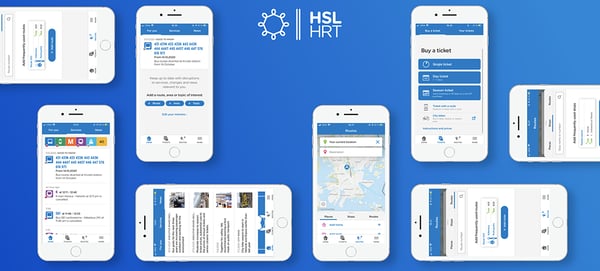What is service management?
Service management ensures that a company’s systems and digital services work 24/7. However, service management is about much more than just troubleshooting. It includes risk management, service quality monitoring and reporting, and continual service development.
Ideally, collaboration is so close that service management is even able to prevent faults and promote the development of the services being managed. In order for this to happen, it is very important to have agreed guidelines and operating models that are continually updated as required.
In HSL’s case, the Digia Iiris monitoring solution was also deployed to support service management. This solution has been designed for use in multi-provider environments and focuses on forming real-time monitoring displays for digital systems. These displays enable you to monitor digital service production environments, so that any faults or issues will be easy to detect. They also provide information about service users and network traffic.
Digia provides Iiris as a service.
